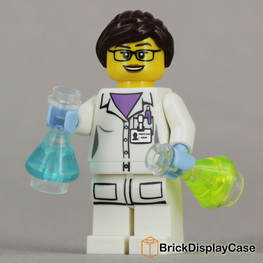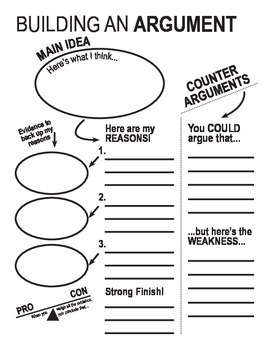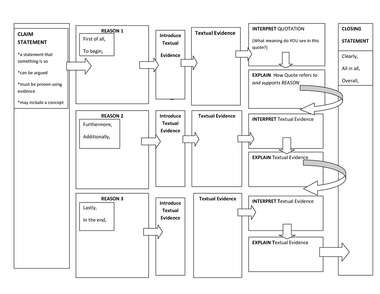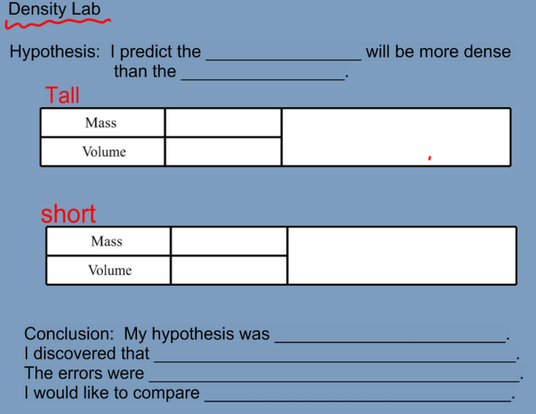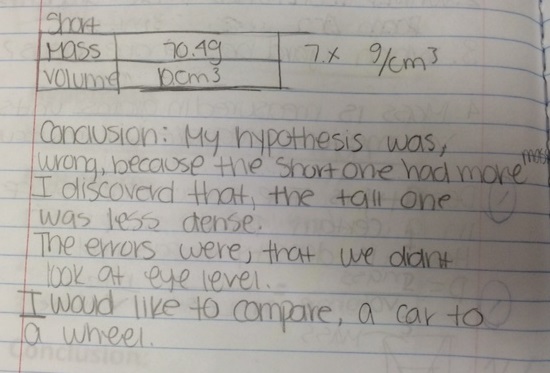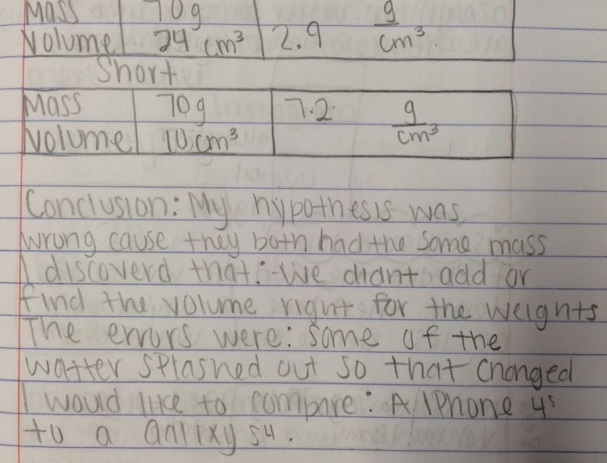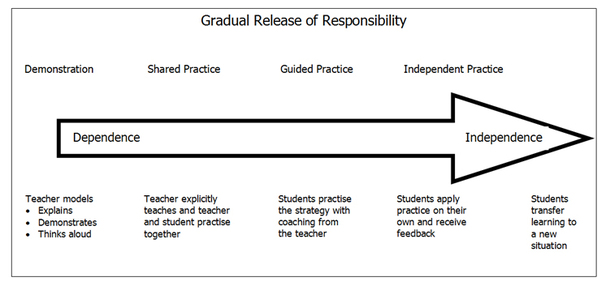Our Driving Question
How can we, as science educators, support and guide students' thinking in order to improve their scientific and technical writing?
Different Types of Science Writing
|
There are all different types of writing and writing styles. Science, like other disciplines, tends to have a particular way of writing unique the field. We need to instruct students in how to write like scientists.
Science writing can fall into three main categories:
Summary and Process writing align with Common Core Writing Standard 2. Analysis writing aligns with Argumentative writing, Writing 1. |
Our students know how to write!
Our students are literate individuals who can string together words and phrases to communicate meaning. It is our job to help them refine that. We need to assist them in their thinking about science so they can write about science. Thinking and writing are both challenging processes. Treating them separately allows for better quality of both.
Two methodologies: Graphic Organizers and Sentence Frames
Sentence frames help students think about the science words without worrying too much about the sentence structure. Initially. Later we change that.
This is what I gave my students...The purpose of the lab was to ___________ by ___________.
I think these are amazing!
Sure they need a little work. However, this is a fantastic jumping off point. |
This is what I got...
|
First Step: Separate experimental analysis from writing!
Students should process information first and then write about that information.
One way to achieve this is to keep asking our questions. The questions that we ask at the end of our labs or are at the end of "cookbook" labs can be good because they help our students process what they did. They need to process before they write.
What if take labs we already do with our students and just play with having them write conclusions? Or writing introductions?
One way to achieve this is to keep asking our questions. The questions that we ask at the end of our labs or are at the end of "cookbook" labs can be good because they help our students process what they did. They need to process before they write.
What if take labs we already do with our students and just play with having them write conclusions? Or writing introductions?
Second Step: Help students process and organize their thoughts
Graphic organizers are useful in this step. Graphic organizers can be a simple table that you build or more complex.
Third Step: Give them sentence frames
|
You may need to give them guidance for some of the frames. Notice that some of the frames to the right have additional information to help students complete the sentence.
It is important to model! Do these with students. You do one for a different scenario in front of them. Talk your thinking process out loud so they know how you are thinking. Here are some resources for sentence frames:
|
Lab Report FrameIntroductory Paragraph
Data Analysis Paragraph(s)
Error Analysis Paragraph(s)
Concluding Paragraph
|
Fourth Step: Review their writing with them
Research shows that students grow the most with meaningful, personal feedback. It has been my experience that by scaffolding things this way I receive better written results. This makes it faster and much more pleasant for me to grade.
Fifth Step: Repeat steps 1 through 4 and work off the training wheels
On option is to use an "I do, We do, You do" Model to accomplish the gradual release of teacher responsibility.

Next, students need to start providing some of this structure on their own. Instead of handing them a graphic organizer or the sentence frames, have students see what they can remember in terms of how it was organized before. Prompt them and show them your model again, emphasizing that they will need to internalize it over the course of the year.
Repeat this process, each time getting students to provide more and more with each experiment over the term.
Ultimately, students should be able to create the organizers and frames themselves.
Again, this could be a quarter-long process with students.
Repeat this process, each time getting students to provide more and more with each experiment over the term.
Ultimately, students should be able to create the organizers and frames themselves.
Again, this could be a quarter-long process with students.

Now students should have a process down. They should be able to analyze their lab information and then write about it.
Now the training wheels are off. Students have multiple samples of writing completed and other reference points for them to carry through this process with minimal assistance.
Now the training wheels are off. Students have multiple samples of writing completed and other reference points for them to carry through this process with minimal assistance.

